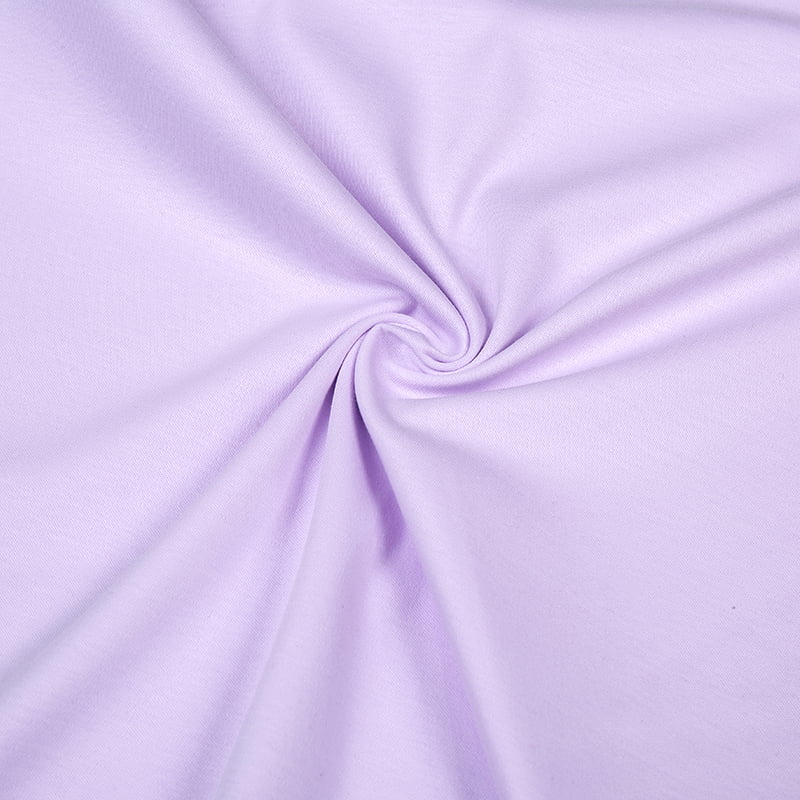
Low-quality cotton knitted fabrics often have a rough texture and can cause irritation to the skin when worn. This irritation may cause redness, itching, or even trigger an allergic reaction. Especially for people with sensitive skin, the roughness of low-quality fabrics may be more obvious, causing skin discomfort to be more serious.
The scary thing is that substandard dyes and auxiliaries may be used in the manufacturing process of low-quality cotton knitted fabrics. These chemicals may contain harmful substances such as formaldehyde, heavy metals, etc. Prolonged exposure to these harmful substances may not only cause damage to the skin, but may also be absorbed into the body through the skin, posing potential threats to health. Especially for special groups such as children and pregnant women, their bodies are more sensitive and more susceptible to these harmful substances.

Low-quality cotton wool knitted fabrics that are unqualified in terms of hygroscopicity perform poorly. This means that when wearing such clothing, the body tends to feel stuffy and stuffy. Being in such an environment for a long time can easily lead to increased sweating on the skin, bacterial growth, and an increased risk of skin infection. At the same time, airtight clothing may also affect body temperature regulation and make people feel uncomfortable.
Low-quality cotton wool knitted fabric is not durable enough. This means that such clothing is prone to losing shape, pilling, or fading. This not only affects the appearance of the clothes, but may also shorten the service life of the clothes. Frequently changing clothes not only wastes resources, but may also increase the financial burden.
In order to avoid these hazards, when purchasing cotton knitted fabric products, we should choose regular brands, pay attention to quality, and try to avoid purchasing low-quality products. When purchasing, you can check the product label and certification information to understand the product's quality and environmental standards. At the same time, you can also refer to the reviews and feedback of other consumers to better understand the actual performance of the product.


 English
English 中文简体
中文简体











